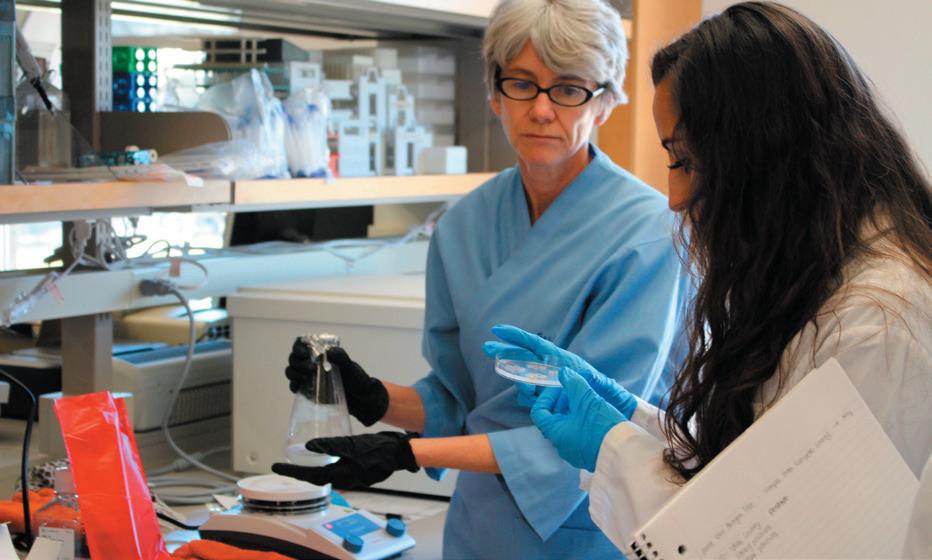
1 minute read
Sec. Vilsack Shared Thoughts with CAAS Grads and Faculty
Meeting after commencement with CAAS graduates and guests, Vilsack discussed some challenges and opportunities that working in agriculture presents now and that are critical to the country’s future. Here are some of the issues he addressed.
When you talk about agriculture, talk about food. Too many consumers still don’t connect agriculture with being the source of their food and clothing.
Advertisement
Building more robust local food systems that include growers and processors is important, as is putting more resources behind small and mid-sized processors.
He noted that COVID-caused shutdowns of processing facilities pointed out that the food production system the U.S. currently has is highly concentrated, highly efficient, highly productive, but not resilient or flexible. Regional food systems of producers and more local/ regional small and mid-sized processing facilities will mean food is consumed closer to its sources. Vilsack added that regional food hubs will keep more money in rural communities and producers should receive help to better understand changing markets and pricing so they work from knowing the true market value of their products.
Climate adaptation is imperative and could present opportunities for farmers and ranchers to earn money for natural resource conservation work. Carbon credits for growing certain crops may be a part of that effort.
With big challenges ahead, Vilsack said, “I’m not interested in the status quo. We need bright, creative enthusiastic people who understand what farmers and ranchers contribute to the world.”
Nutrition security is vital, not just food security. People can be fed, but still have nutrition deficits. More money was spent in the U.S. last year to treat diabetes and its attendant health problems than there is in the USDA’s budget. Education about simple, wiser food choices is vital. SNAP benefits could incentivize healthier food choices by charging less for them.










